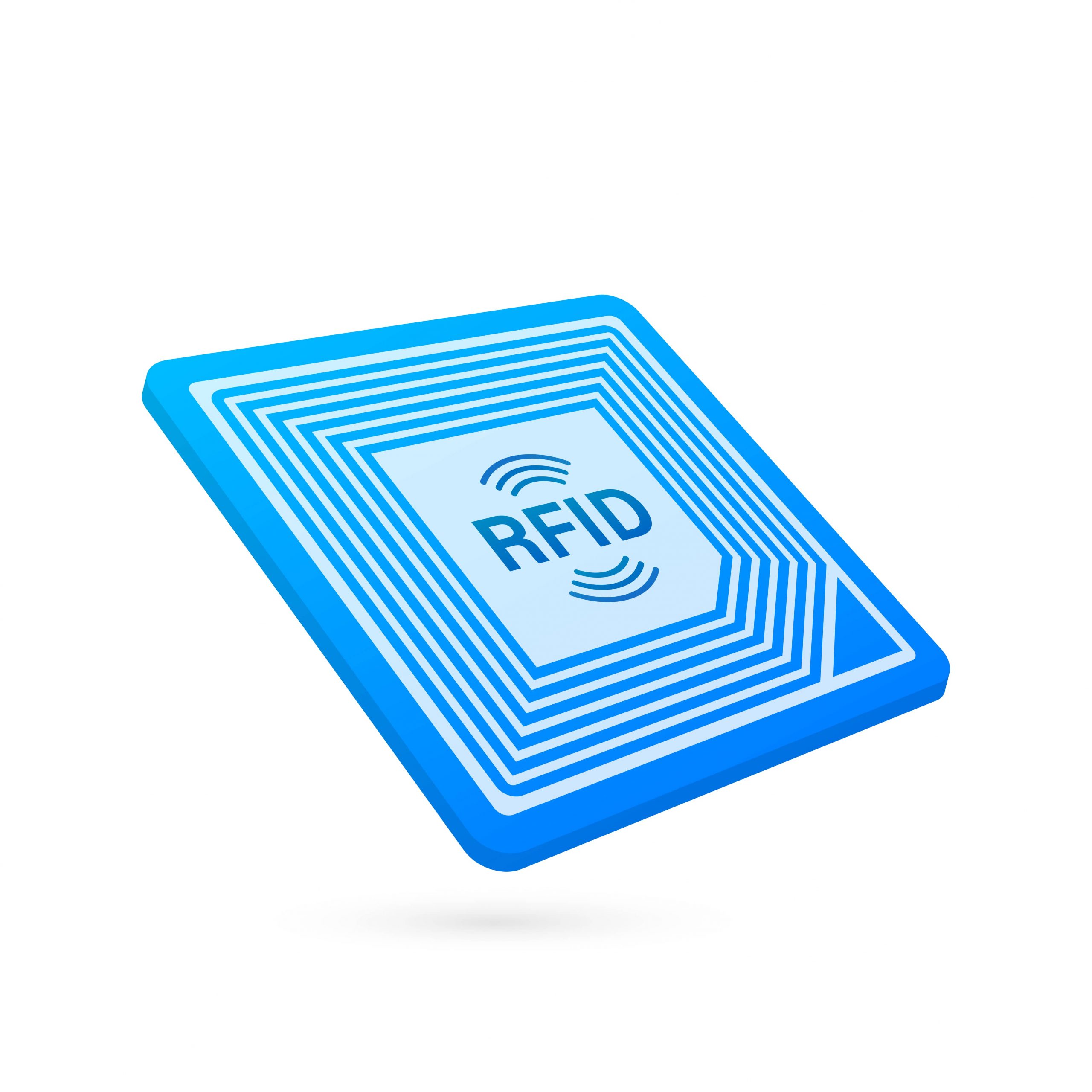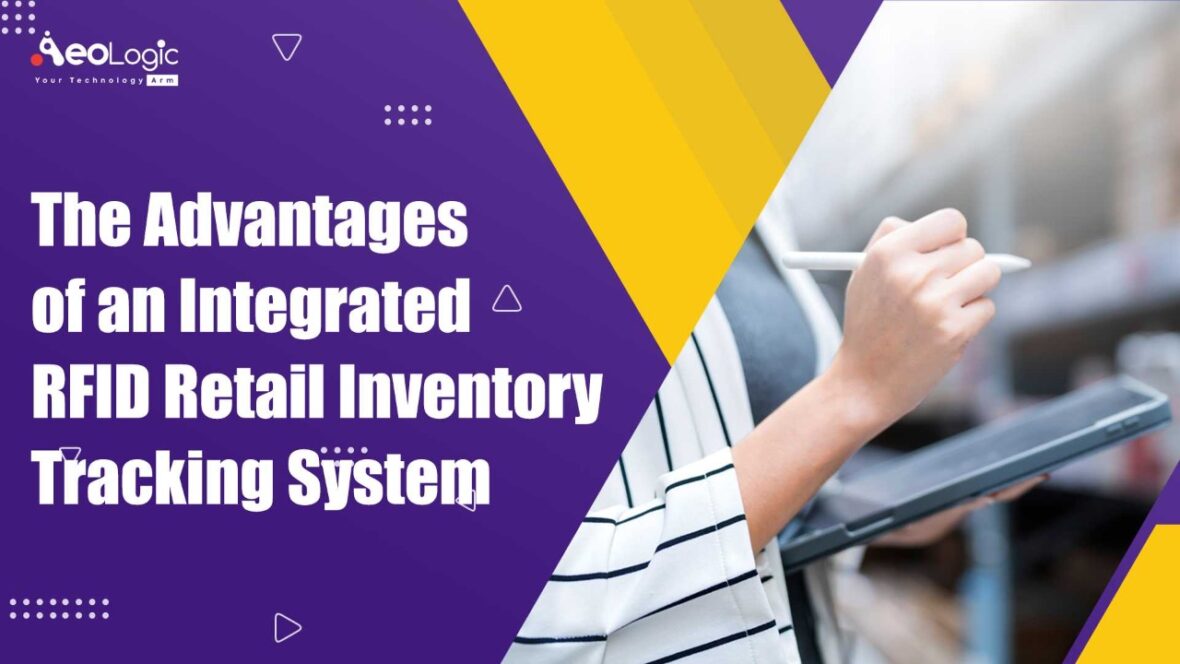RFID for inventory management requires a scanner that communicates with RFID tags through radio waves. The tag itself incorporates a microchip. That Microchip allows the reader to read and write data to the tag enabling in-place real-time updates. For safety, plastic or paper wraps are around each tag. Also, we attach it to a number of surfaces for tracking. The majority of inventory tracking tags are passive RFID tags. It means they don’t have a battery and are powered by reader waves. In this blog, we will look at the advantages of an integrated RFID retail inventory tracking system.
The retail industry has the potential to provide customers with a safer, more dependable, and more convenient experience.
According to Cybra, RFID improves inventory accuracy from 65% to over 95 % on average. And, if merchants utilize the data to enhance their operations and procedures, high inventory accuracy may lead to greater sales. This is a crucial difference to make since it will determine the success of any RFID implementation.
Also Read: How Digital Transformation is Changing the Retail Industry
Role of RFID in Retail

RFID tags and portable readers allow you to monitor goods from a distance at every stage of the supply chain. They are superior to standard barcodes. One can incorporate RFID tags in price stickers or hangtags at the time of production. All items are serialized at the item level, allowing them to be monitored from manufacture through the point of sale. You may utilize handheld RFID readers in your storage and distribution centers. This can increase the speed and accuracy of receiving items and allocating and dispatching orders to retailers. Weekly cyclical stock takes may then be done in each of your locations, increasing inventory accuracy to 99 percent or higher.
You can simplify typically laborious data entry operations. Furthermore, you can guarantee that there are a collection of exact inventory levels. We can do it by employing an RFID system that can digitally send data to modern Retail Management Software. You may then use Retail inventory optimization and automatic replenishment tools to reduce understocks and overstocks. This can save hours of administration.
Also Read: Benefit Analysis of RFID Library Solutions
RIFD vs Traditional Barcodes
RFID can detect and track items from a distance. It allows businesses to track products as long as the tags are within range of the observer. Whereas, traditional barcodes are based on ‘line of sight technology. It means that the scanner must see the barcode in order to read it.
RFID tags can store more data than standard barcodes. It allows more precise data at every level of the supply chain.
RFID tags are frequently waterproof. So it means they are less prone to harm in the journey of packing, delivery, and receiving. Whereas, water can damage the traditional barcode systems.
Also Read: A Complete Guide to Retail Automation Solutions and Strategies
RFID Retail Inventory Tracking System Advantages
There are various advantages of RFID retail inventory tracking system.
Boost your business with our RFID Solutions!
1. Avoid understocks (missed sales) and overstocks (markdowns): According to Harvard Business School, 8% of all retail items are out of stock at any one moment. The capacity to count inventory quickly often centralize this data. And then optimizing inventory and buying procedures gives businesses a clear (real-time) view of what’s in store. Retailers may increase on-shelf availability and avoid out-of-stock situations. Again, without risking overstocks that must be marked down, enhancing sales and margins.
2. Facilitated omnichannel fulfillment: Retailers frequently employ store inventory or reserve stock to fulfill online or marketplace orders. It can be difficult to manage across channels owing to the changing nature of the inventory. The accuracy of warehouse inventory counting is around 99 percent, but it declines to 65 percent in-store. As a result, misleading consumer promises, dissatisfied customers, and lost revenues occur. When it comes to omnichannel operations, having the right product in the right location at the right time is critical to growth. With real-time stock level updates, merchants can provide customers with more accurate and valuable information. Thus, providing a better experience in-store, online, or through any other channel.
3. Shrinkage is reduced because RFID provides end-to-end visibility and accurate monitoring, making supply chain failures, shoplifting, and staff theft easier to detect and control.
Also Read: A Complete Guide to Retail Automation Solutions and Strategies
Conclusion
For companies seeking to implement an inventory monitoring solution, it is essential to undertake a comprehensive comparison of proven technologies, such as barcode labels and tags developed for inventory control, and newer alternatives, such as RFID, to guarantee a favorable return on investment. Barcode labels are an intelligent and practical alternative for inventory management in the majority of businesses.
Are you looking to integrate RFID retail inventory tracking system for your business? If yes so please feel free to contact us at support@aeologic.com








